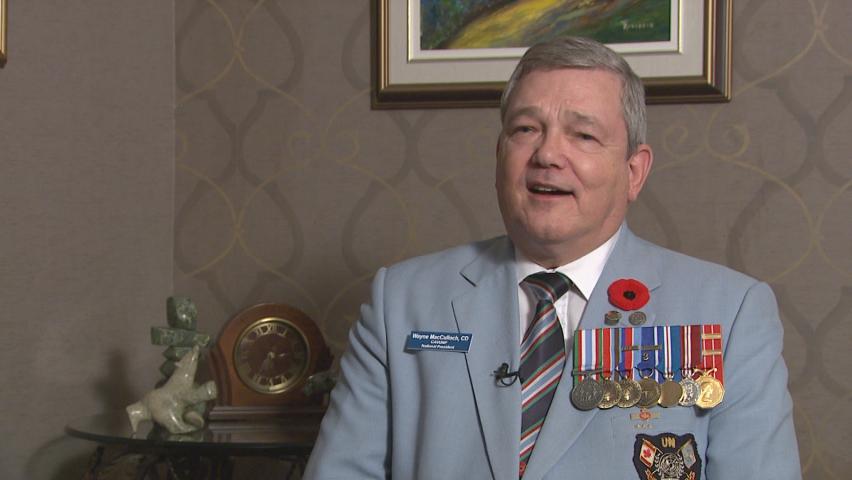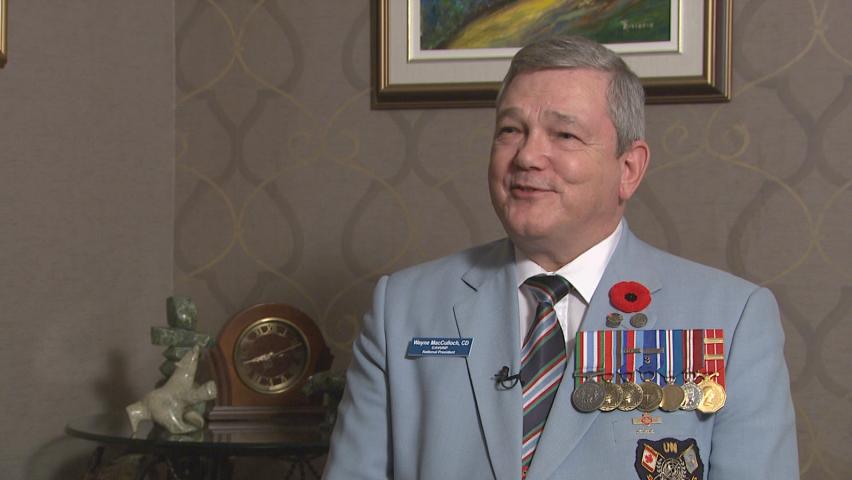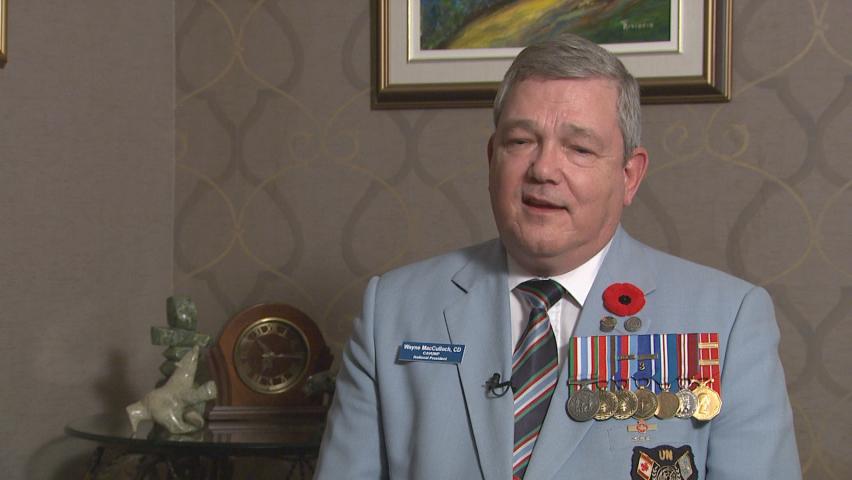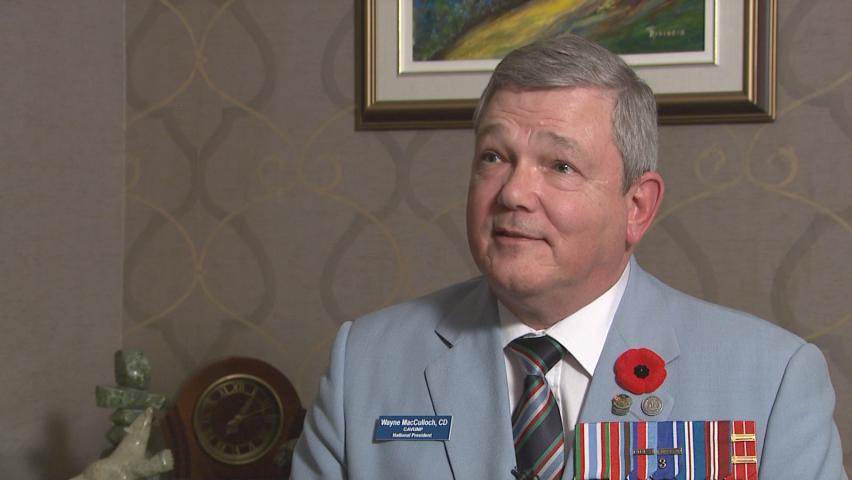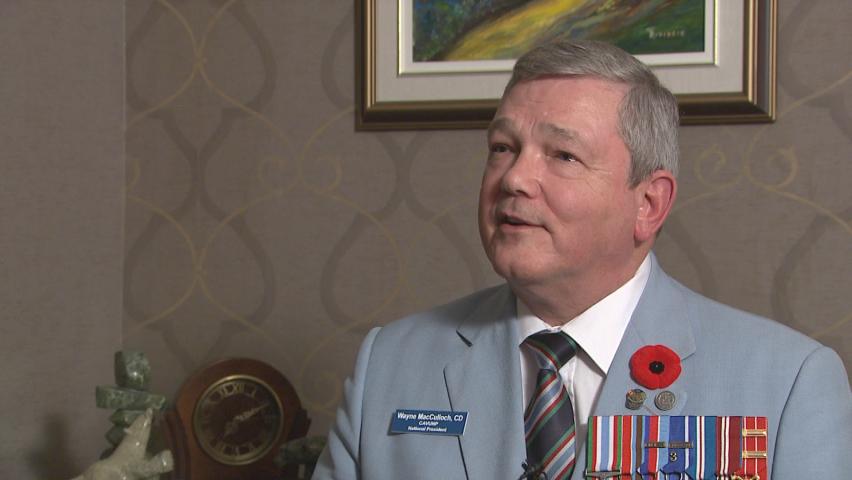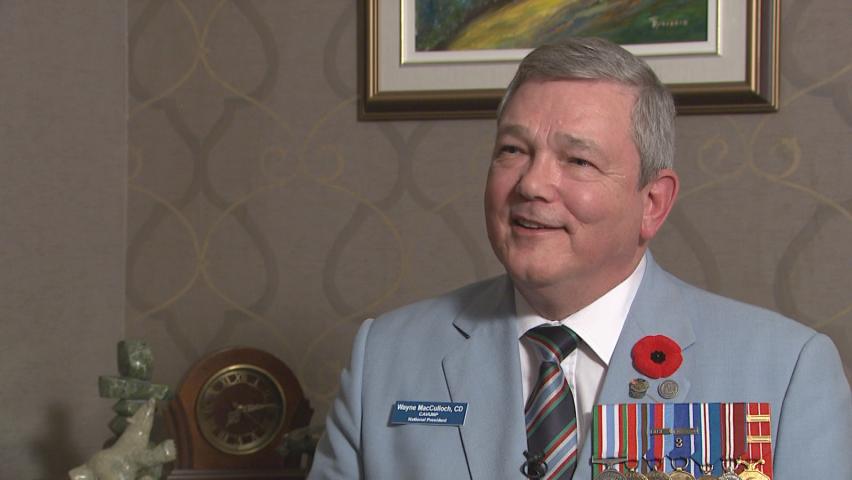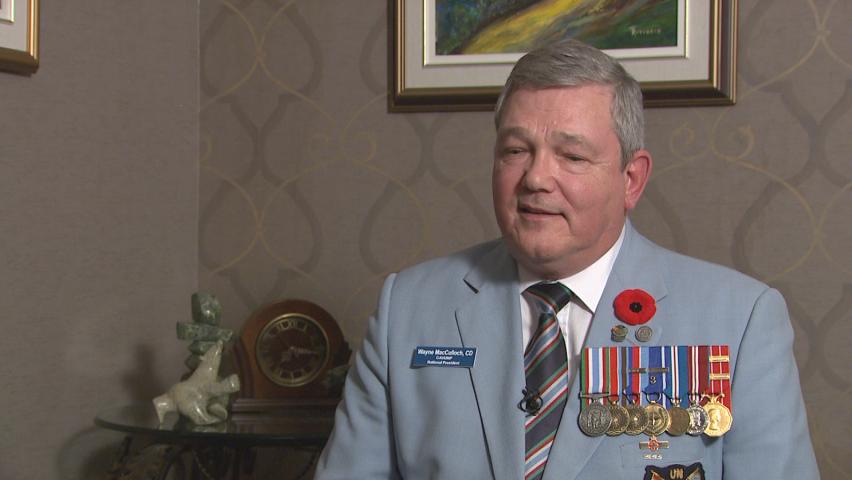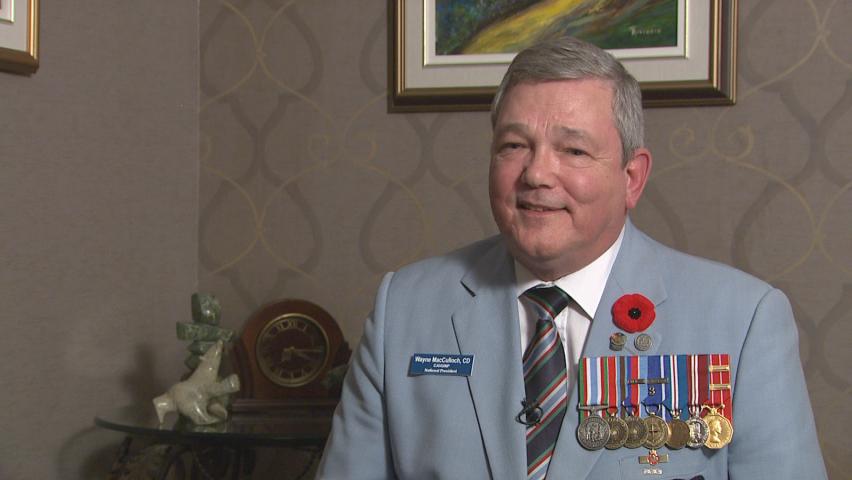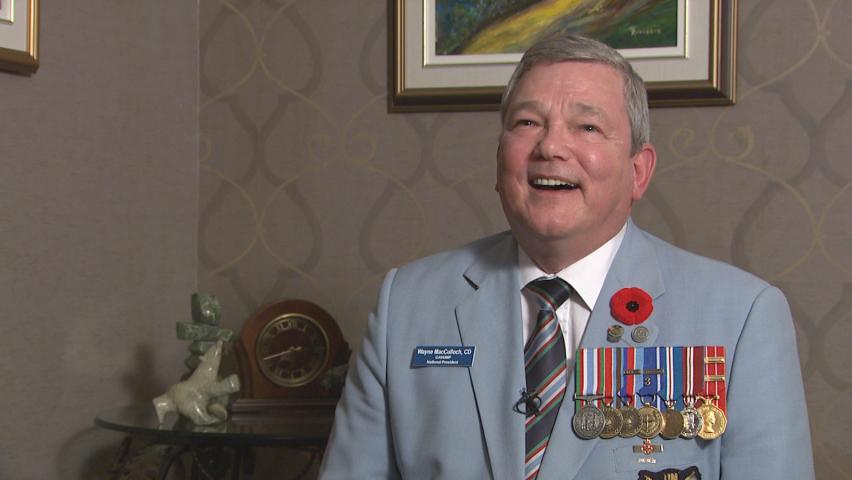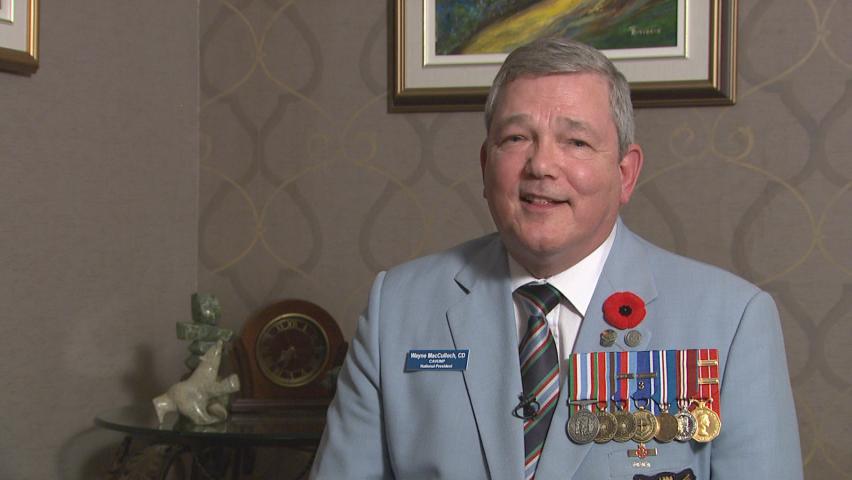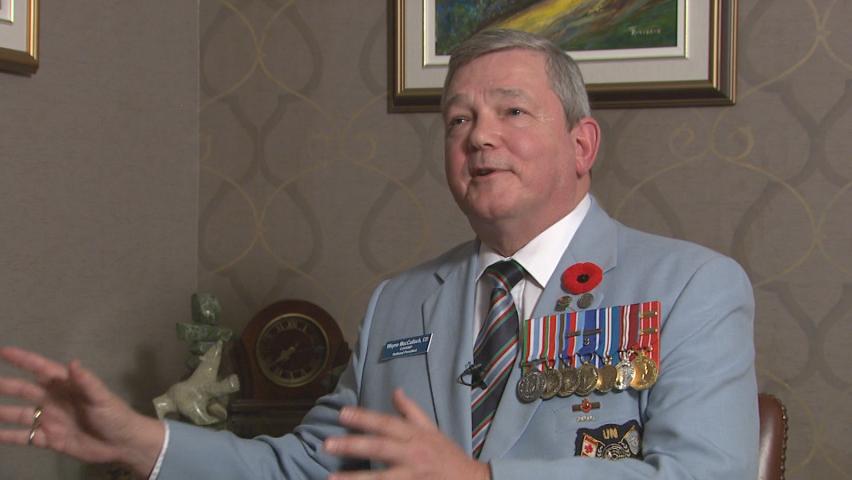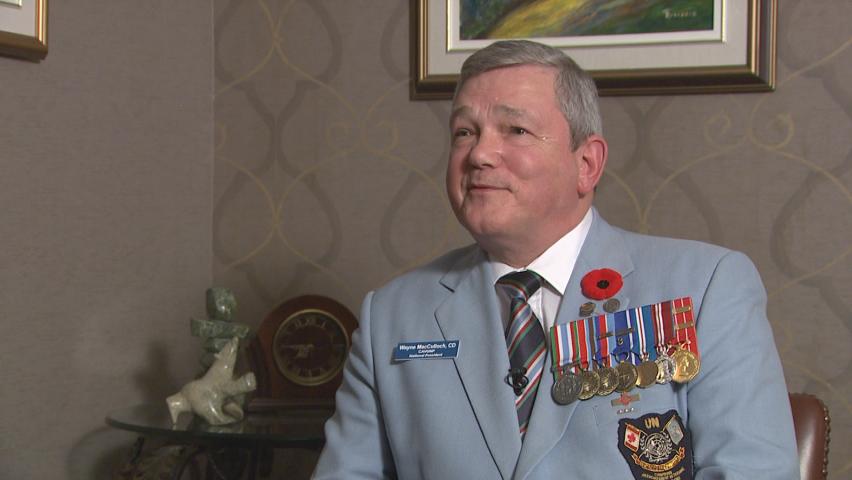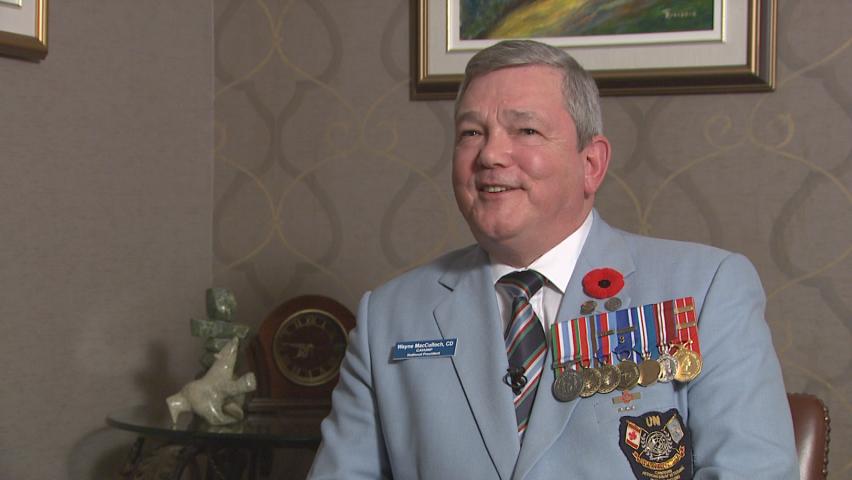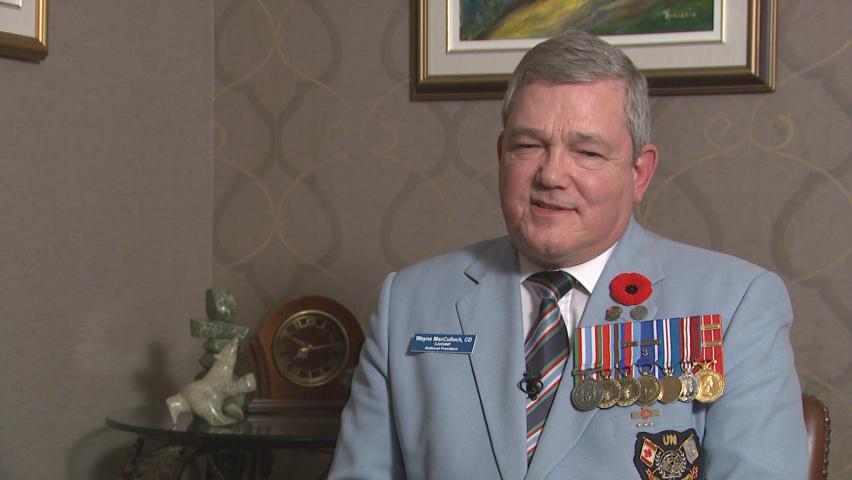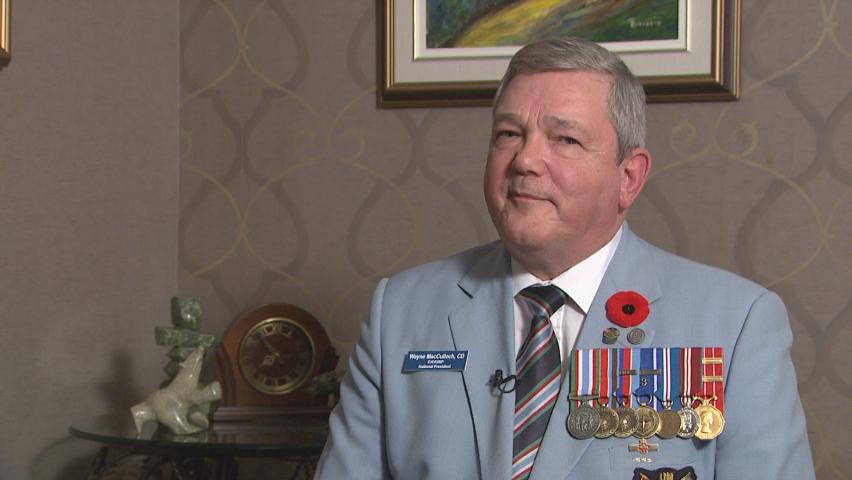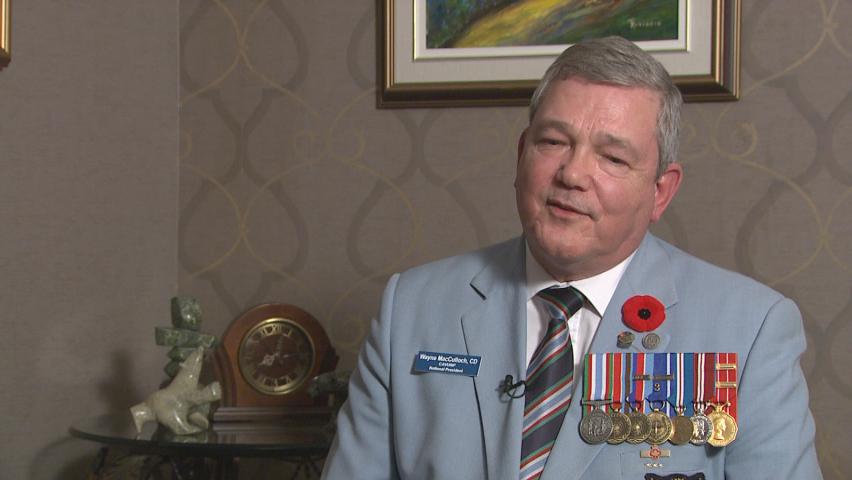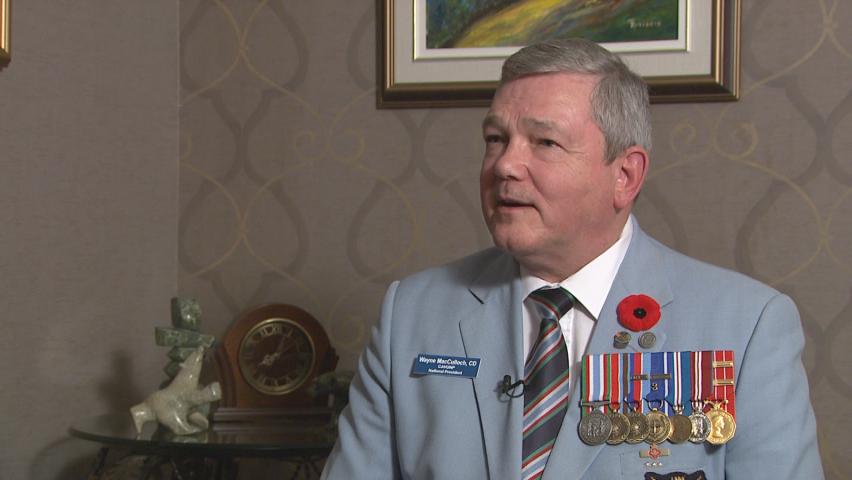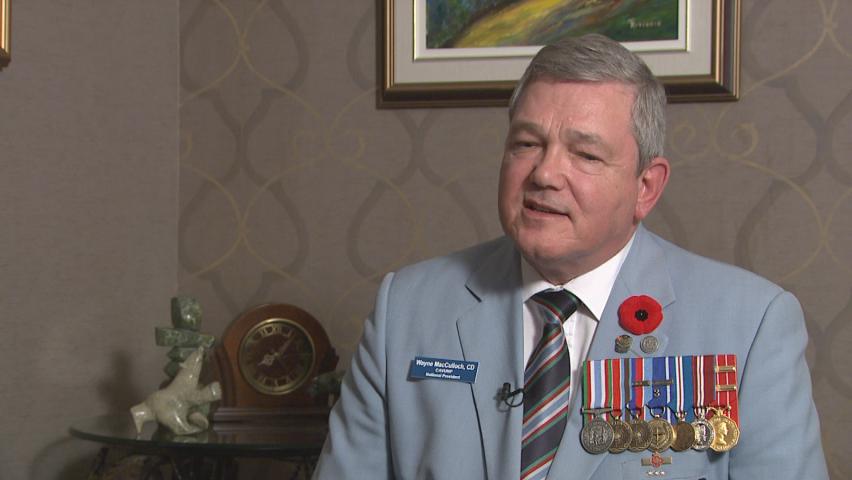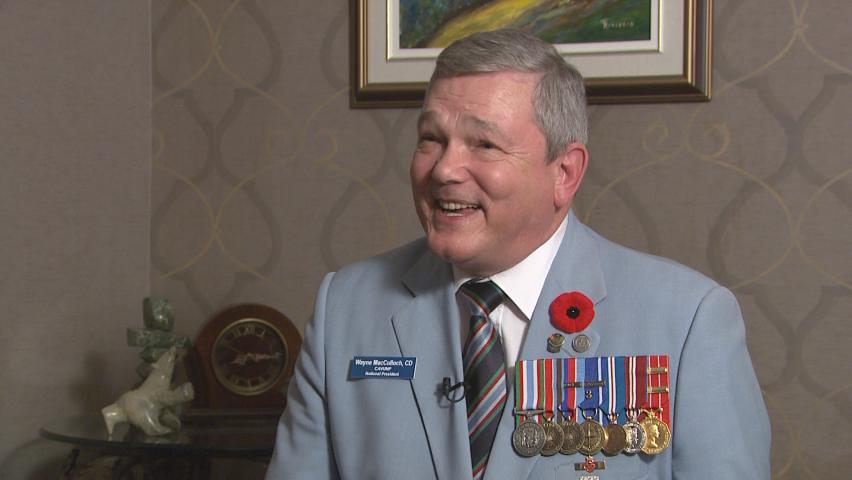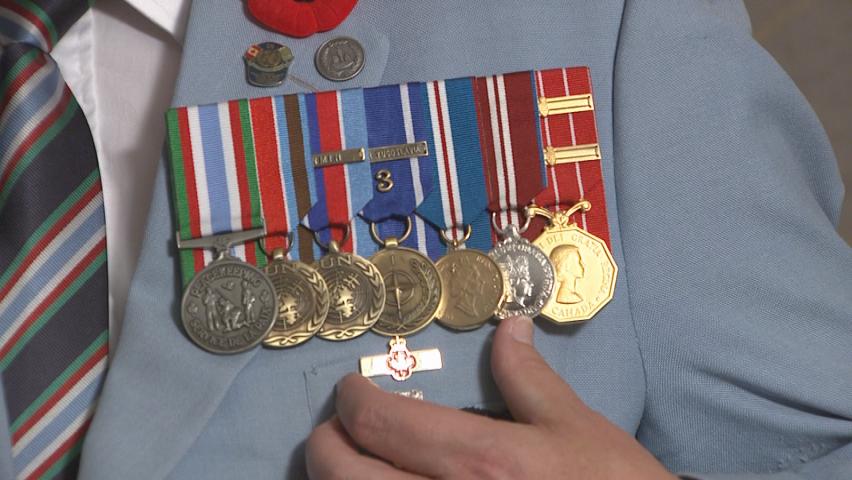Training as Military Engineer
Heroes Remember
Training as Military Engineer
Transcript
Description
Mr. Mac Culloch explains the phases one goes through during military engineer training and the feelings of satisfaction he obtained during his career path.
Wayne Mac Culloch
Wayne Mac Culloch was born in Cape Breton, Nova Scotia, in 1953 and grew up in Quebec. He began his studies at the Royal Military College in Kingston, Ontario, at the age of 18 and would serve as a military engineer in the Canadian Armed Forces for more than 40 years. During his long and varied career, Mr. Mac Culloch served across Canada and took part in three overseas deployments to the Balkans and one to Haiti before being medically discharged with the rank of major. Still having a passion to serve, he went on to work as a civilian employee with the Department of National Defence. Since 2004, Mr. Mac Culloch has volunteered his time and talents to help deliver the “Peace Module” during the Historica Encounters with Canada program in Ottawa. Week after week, he has engaged with youth from coast to coast and educated them about the sacrifices and achievements of Canadians who have served in uniform over the years.
Meta Data
- Medium:
- Video
- Owner:
- Veterans Affairs Canada
- Recorded:
- November 9, 2016
- Duration:
- 3:25
- Person Interviewed:
- Wayne Mac Culloch
- War, Conflict or Mission:
- Canadian Armed Forces
- Location/Theatre:
- Canada
- Rank:
- Private
- Occupation:
- Engineer
Related Videos
- Date modified:



